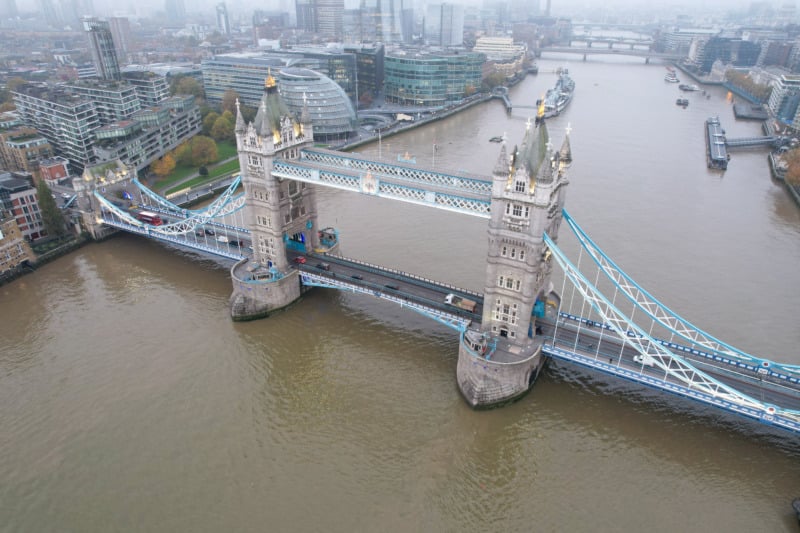While piles of uncollected garbage or pristine parks may be a little more obvious, air quality is always a reliable indicator of a city’s environmental health. A city’s air quality has far-reaching implications that extend beyond public well-being.
Poor air quality doesn’t just result in poorly people; it can also adversely affect plants and natural scenery and even damage buildings and other man-made structures.
For Europe’s historic cities, renowned for their rich cultural legacies and landmarks, the battle against air pollution is a delicate dance between the constant march of modernization, preserving heritage, and safeguarding the future.
This interplay between air quality management and cultural preservation is always evolving but ensures that significant sites are preserved for future generations.
Air Quality Challenges in European Historical Cities

At the heart of the air quality conundrum lies Johnny human. Since the Industrial Revolution starting in the mid-18th Century, a complex tapestry of pollutants, each playing a unique role in the symphony of urban smog, has plagued many European cities.
For the most part, things are a lot cleaner than they once were. Many historical industrial regions still maintain reputations for having filthy air, such as London, aka “The Big Smoke” or the “Black Country” in England’s Midlands, named for its highly polluted, smoky air.
Smoke filled with things like particulate matter, lead, carbon dioxide, carbon monoxide, sulfur dioxide, and nitrogen oxides, born from the insatiable appetites of transportation and industry, would cast a shadow over the streets of Europe’s historic industrial centers.
These invisible adversaries, though imperceptible to the naked eye, pose grave health risks, with studies and World Health Organization guidelines warning of their potential to exacerbate respiratory illnesses and cardiovascular diseases.
Yet, the challenges these historic cities face are not just a matter of pollution levels; they are intrinsically tied to the essence of their architectural grandeur. Narrow, labyrinthine streets, designed for horse-drawn carriages rather…
Click Here to Read the Full Original Article at ViaTravelers…